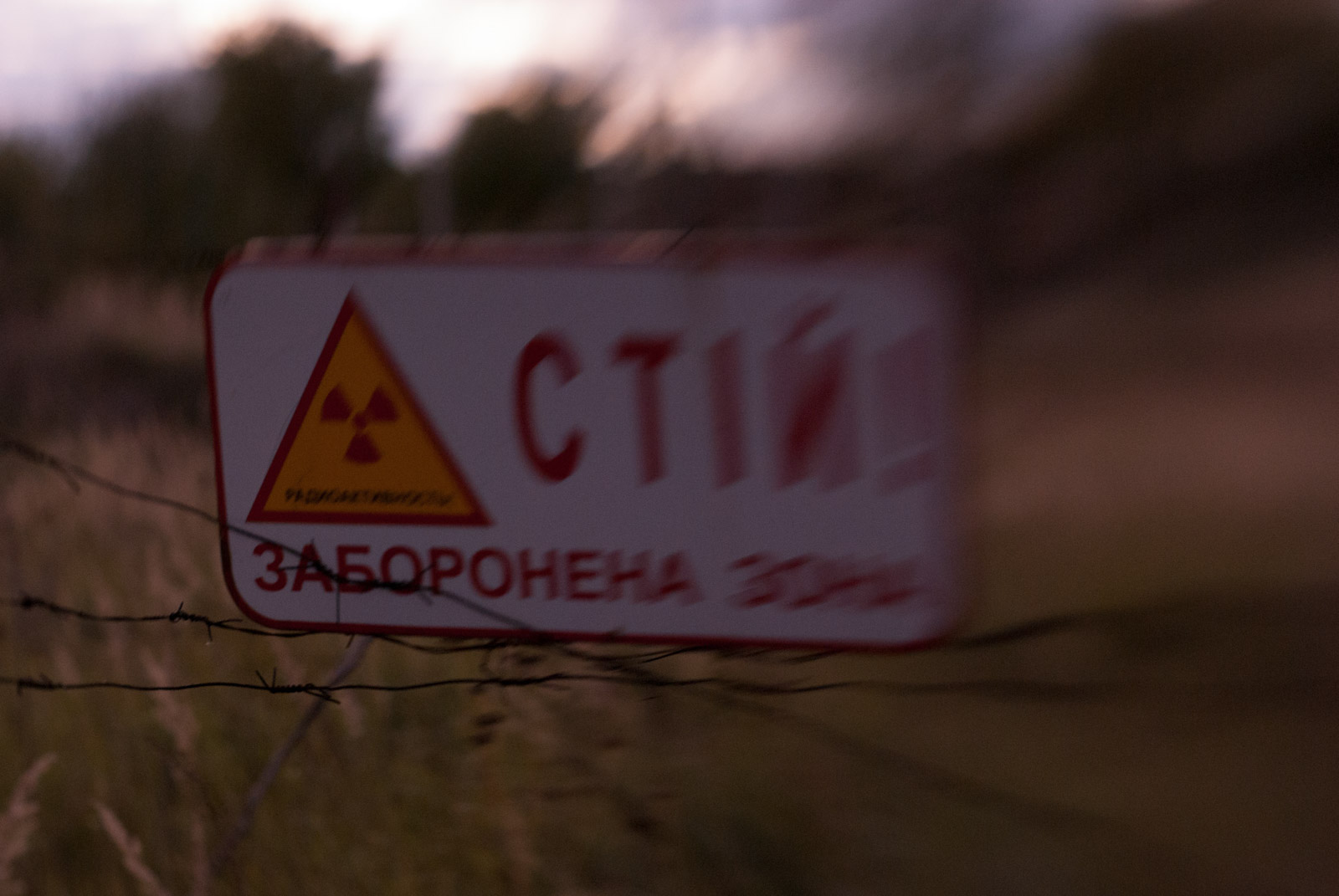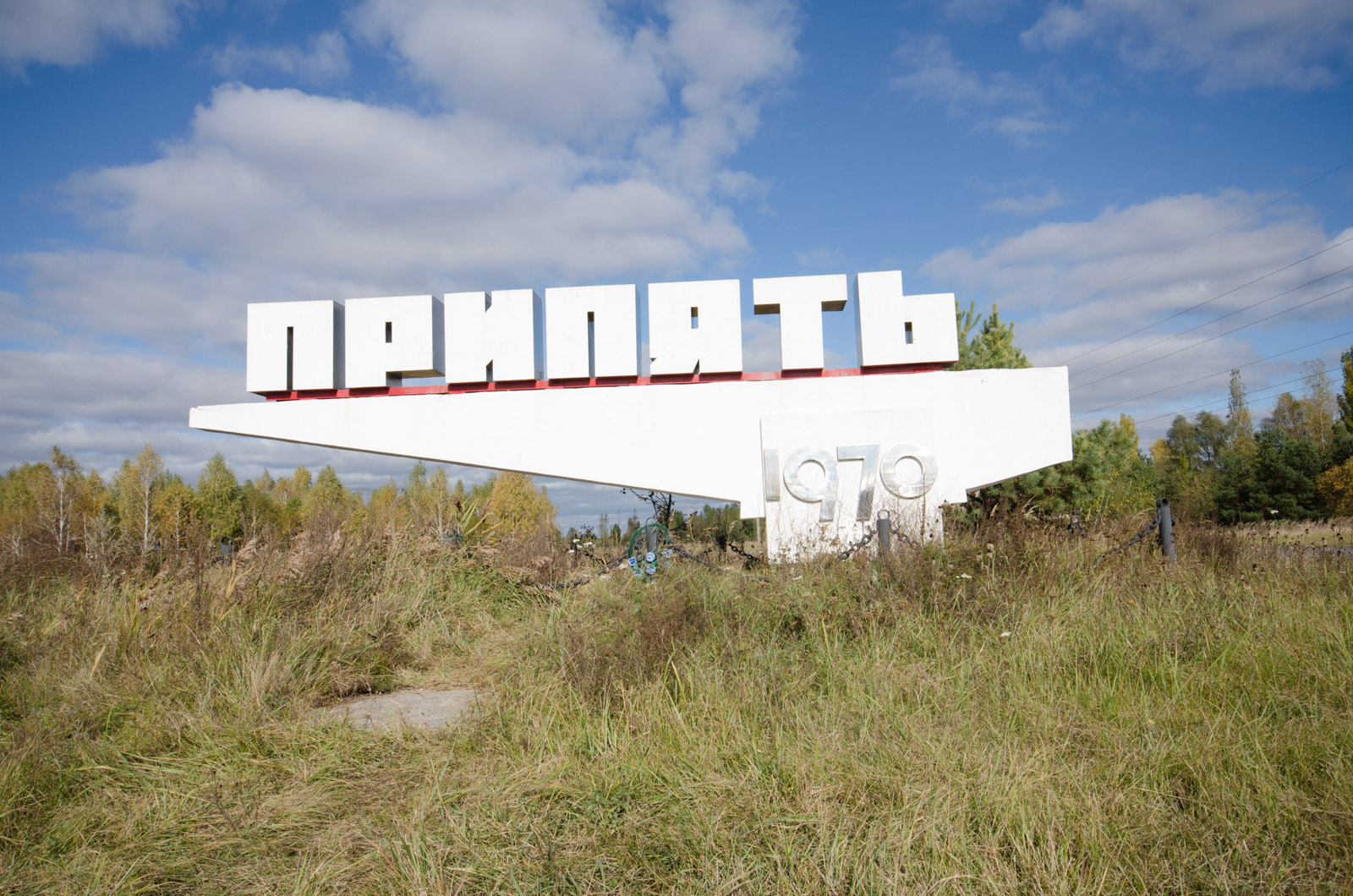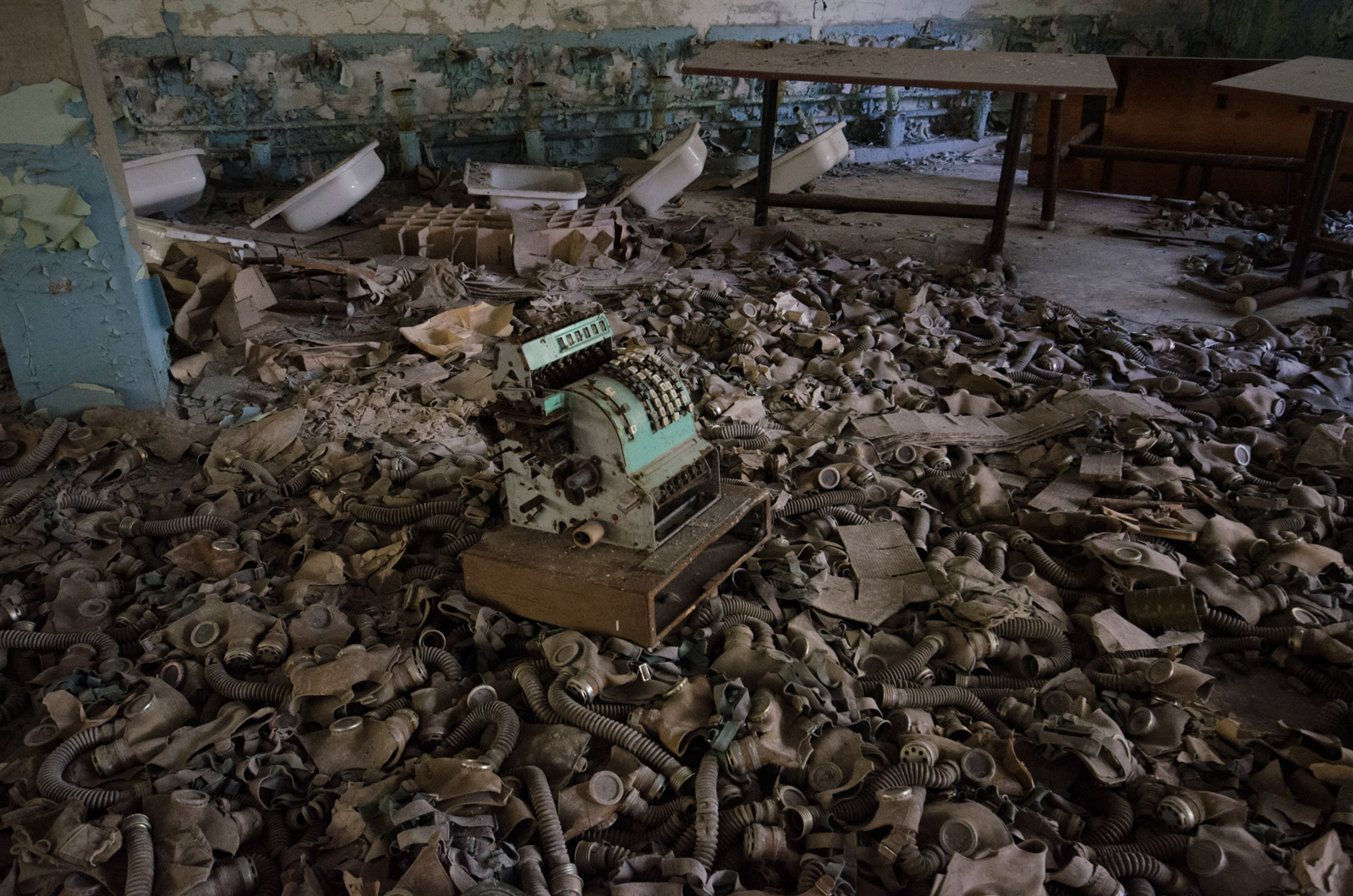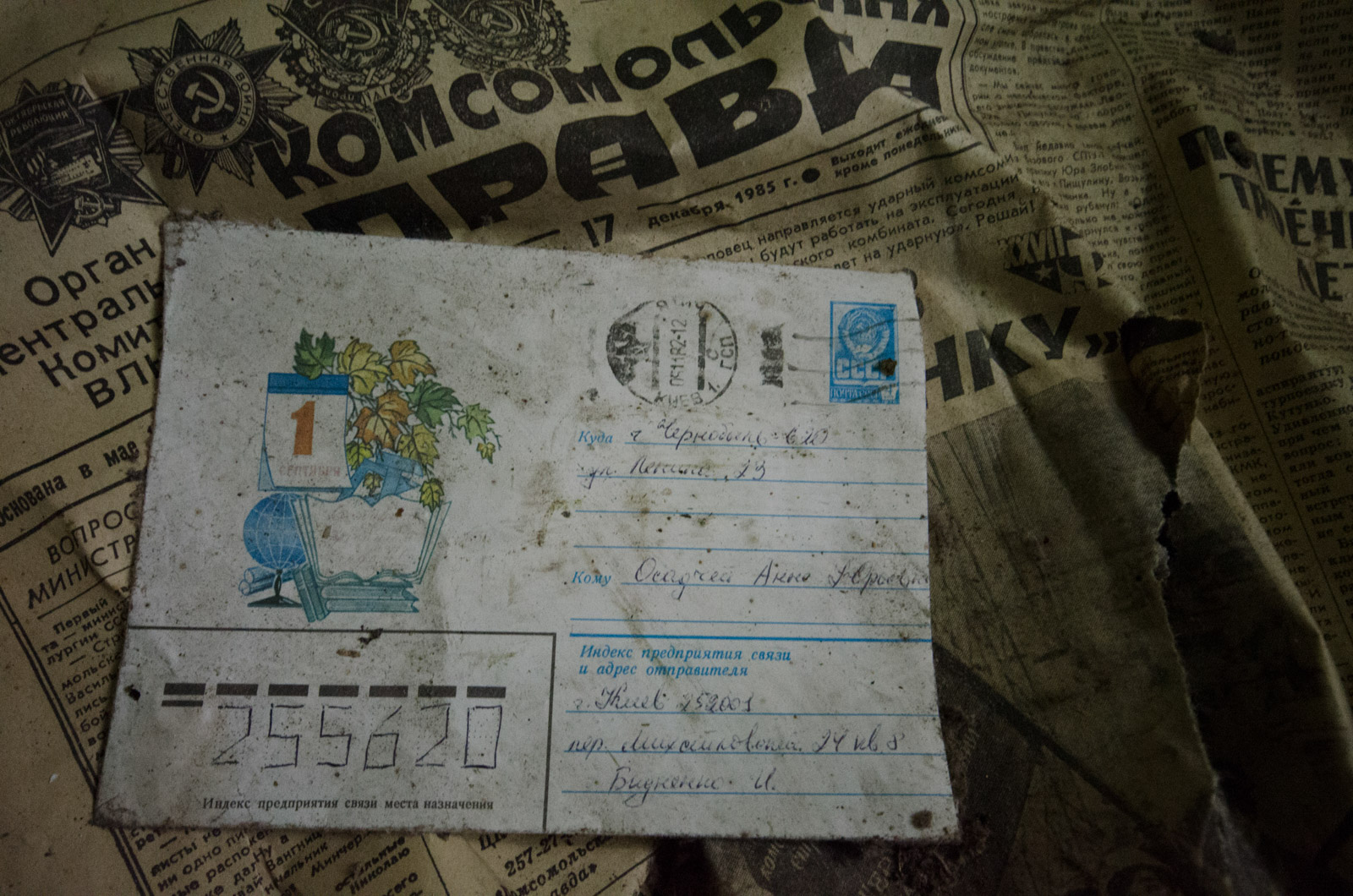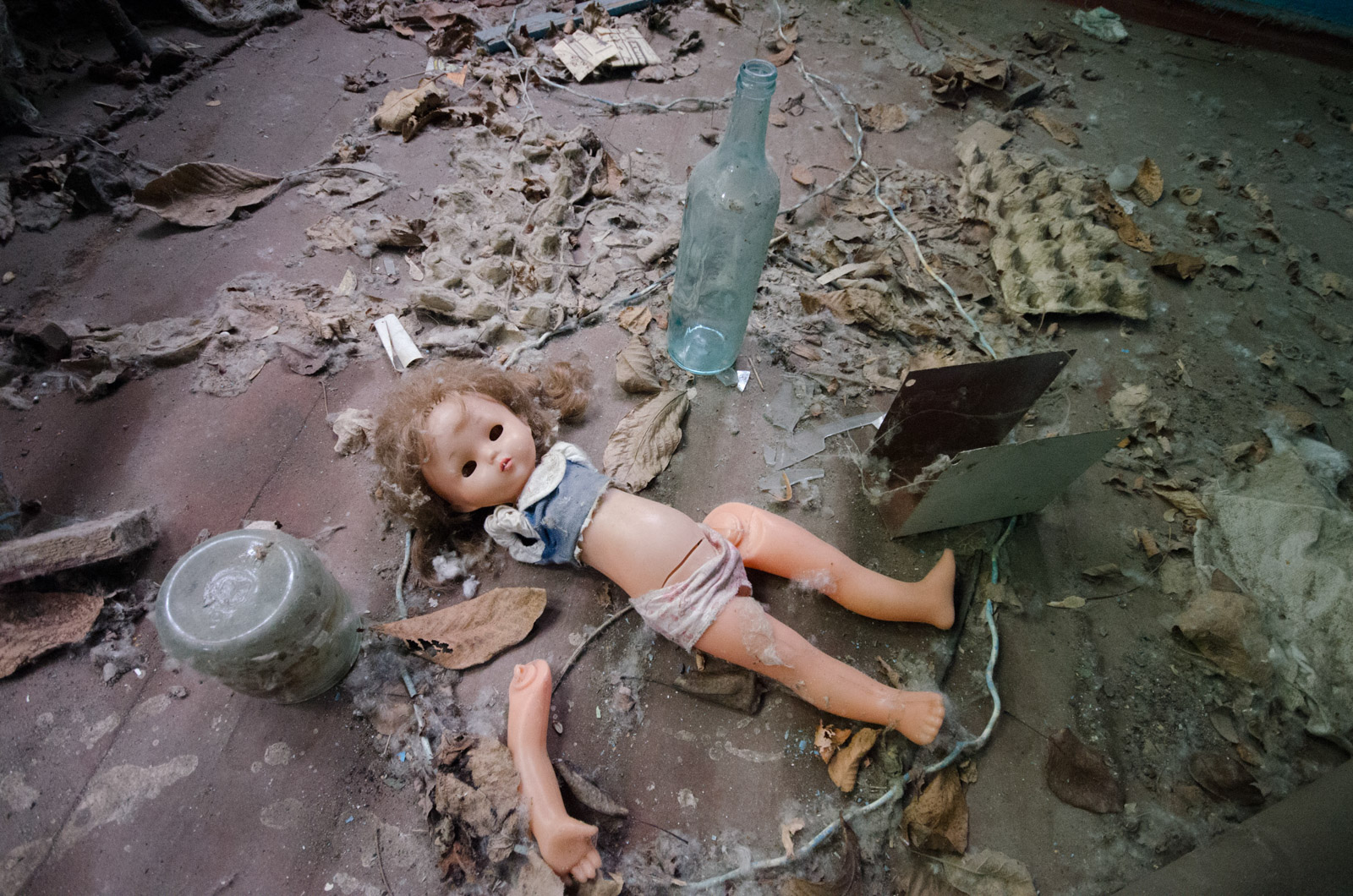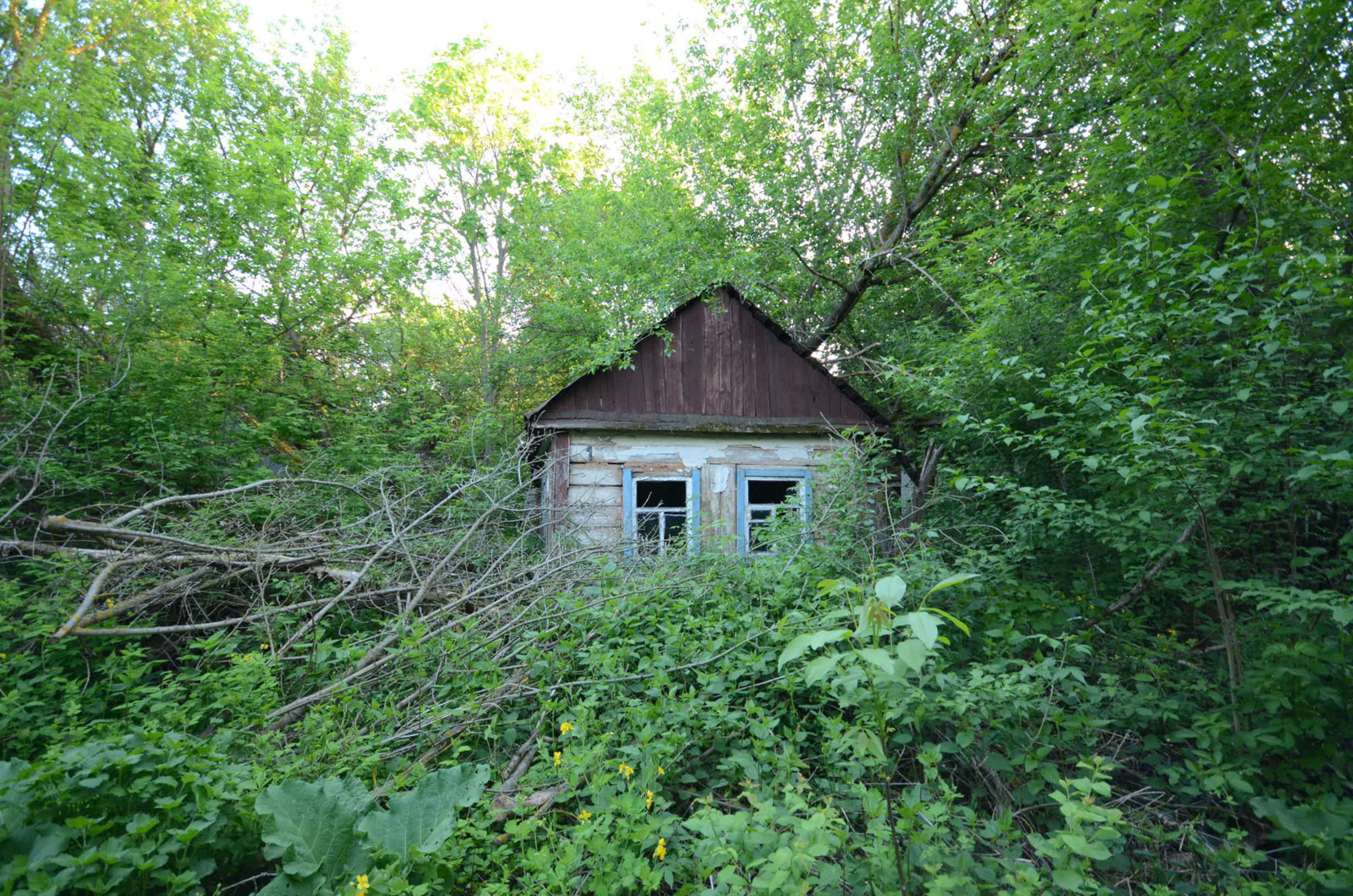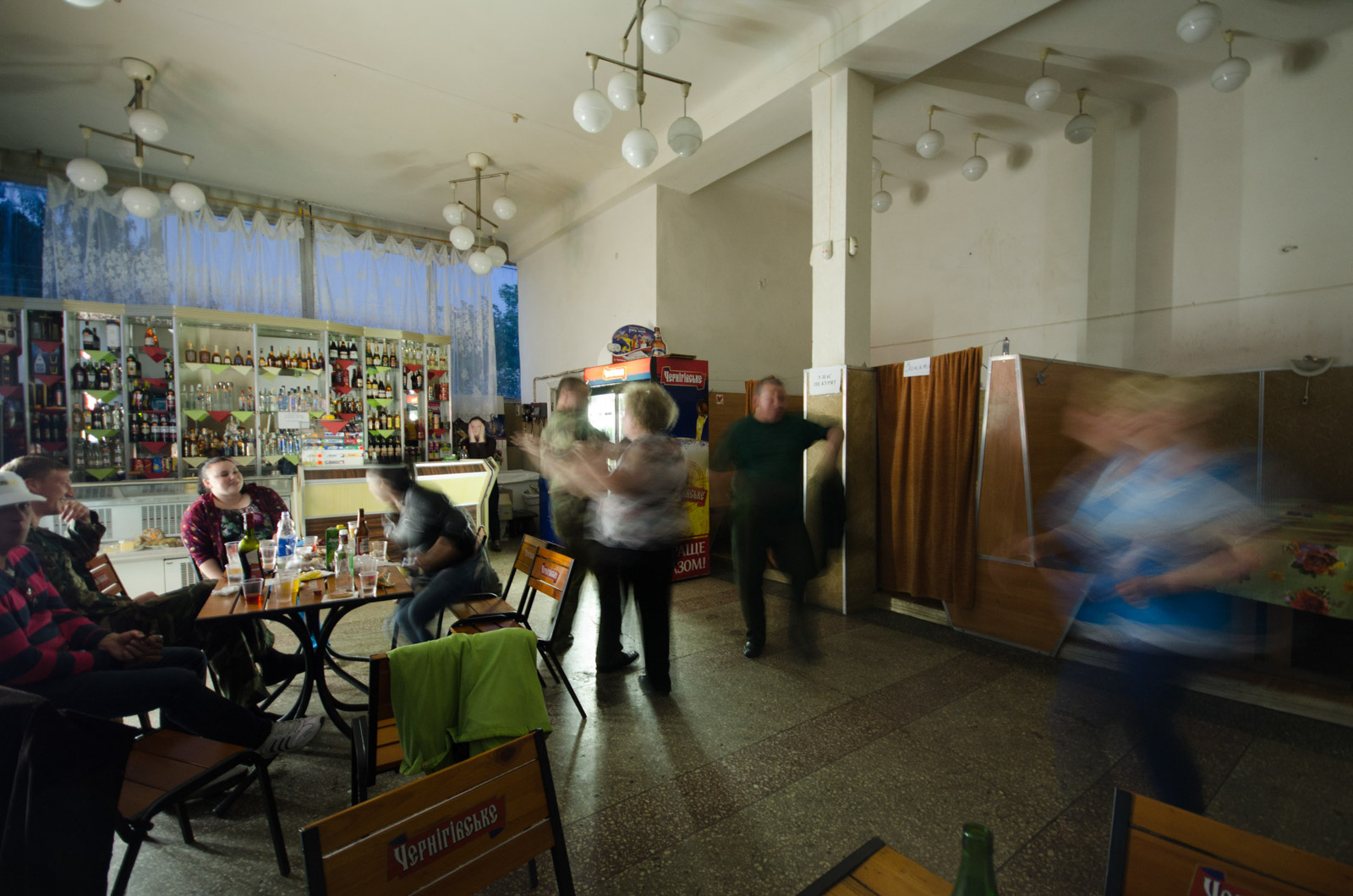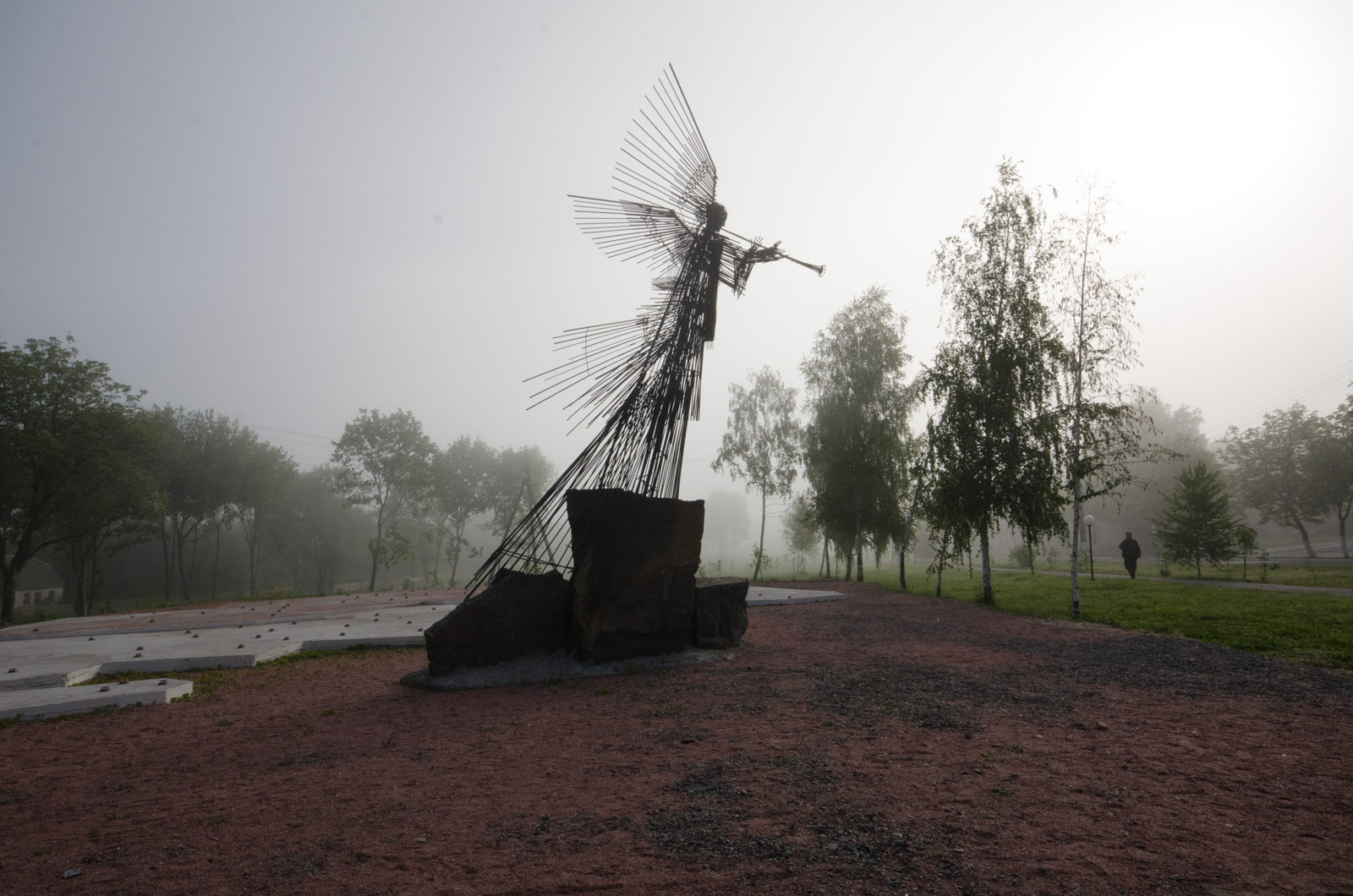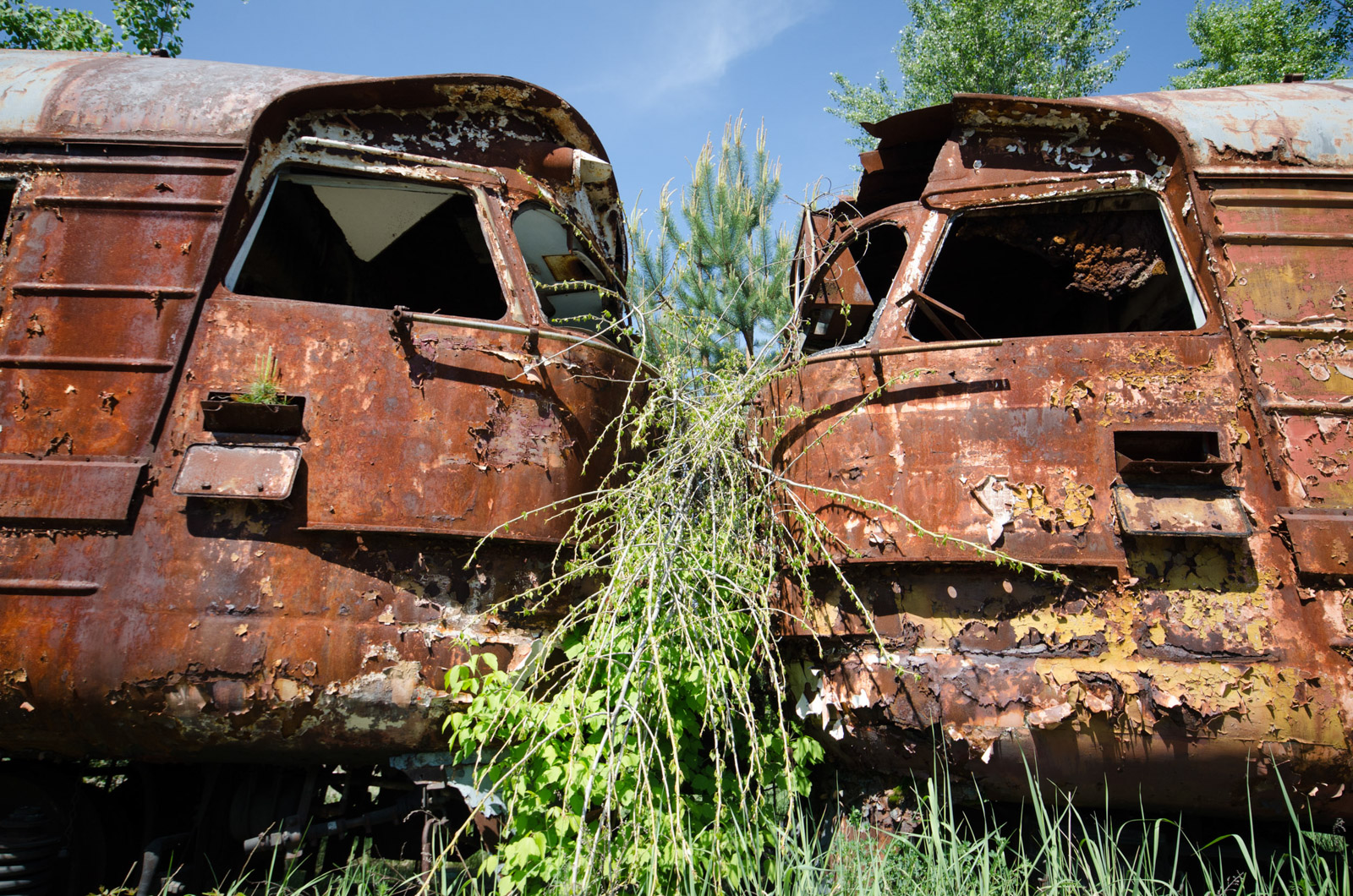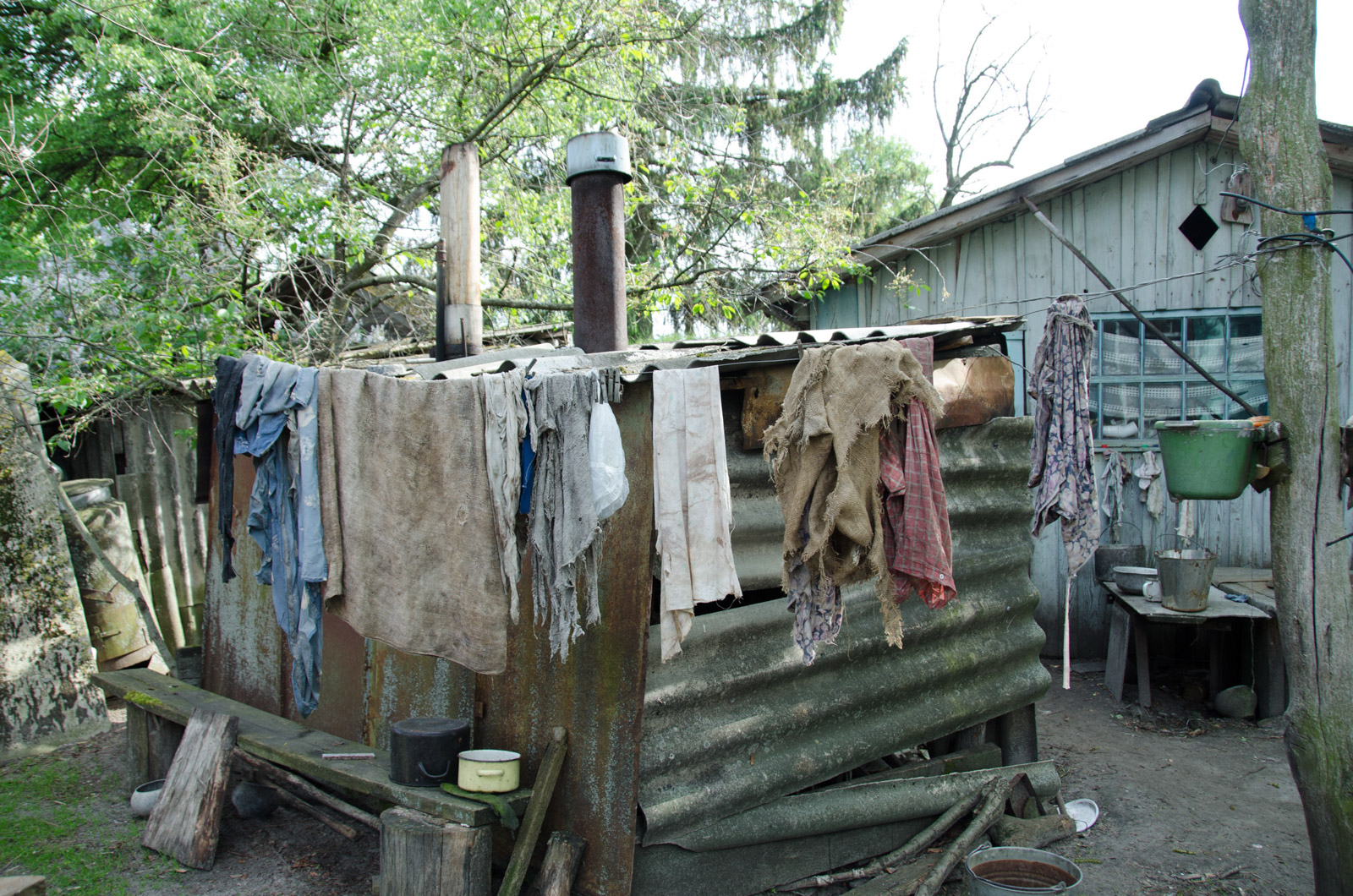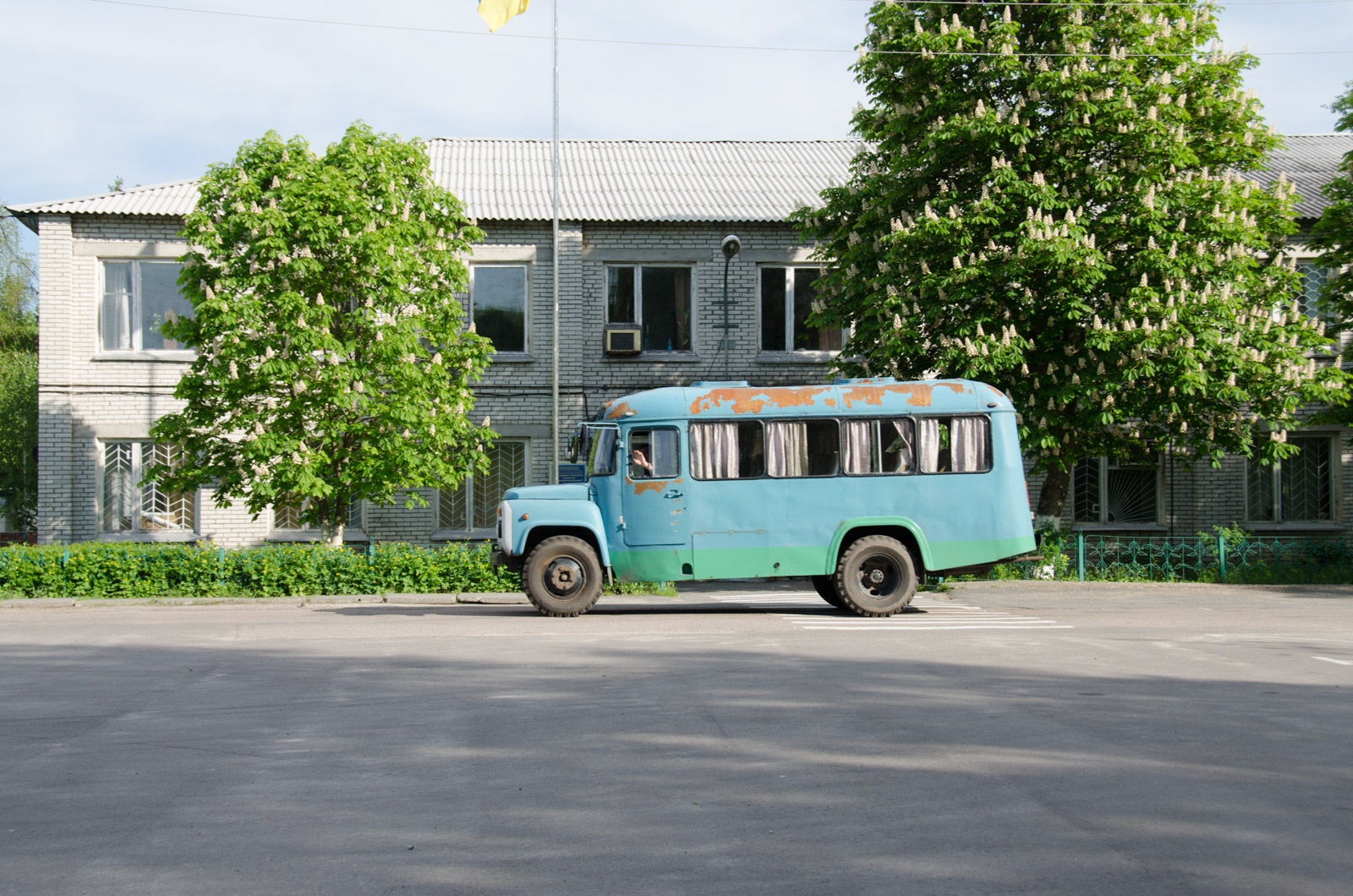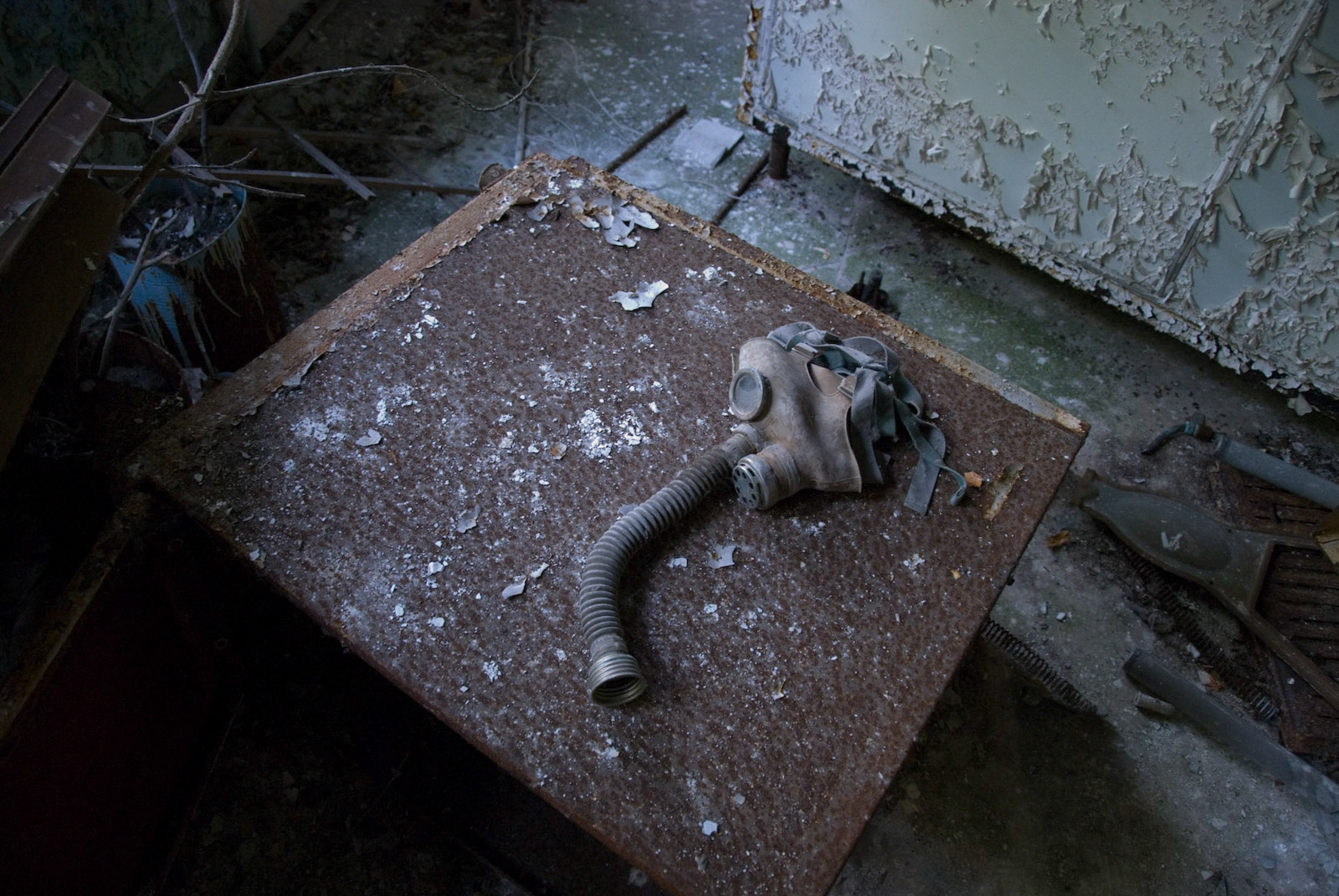Exclusion Zone (Ukraine)
Chernobyl – the worst nuclear disaster in history – sparked 100,000 residents to abandon their homes in 1986, but between 150 and 300 defied Soviet orders and refused to flee the radiation-soaked lands. Today Chernobyl’s soil, water, and air are among the most highly contaminated on Earth. The reactor is at the centre of a 1,000-square-mile “exclusion zone”, a quarantined no-man’s land complete with border guards, passport control and radiation monitoring. But amid the environmental devastation, the human story of Chernobyl is often lost. That story is embodied in an unlikely community of some 130 people, known as “self-settlers”, who defiantly live inside the exclusion zone. Almost all of them are women. About 116,000 people were evacuated from the zone at the time of the accident, but about 1,200 of them refused to stay away. The women who remain, now in their 70s and 80s, are the last survivors of those who illegally returned to their ancestral homes shortly after the accident. Radioactive contamination from the accident has been deadly, but the trauma of relocation is another fallout of Chernobyl. Radiation or not, these people are at the end of their lives. But their continued existence and spirit indicate the transformative connections to home, and about the strength of self-determination. They are unexpected lessons from a nuclear tragedy.









